Building Electrification 101
What is building electrification?
Building electrification is the process of powering all building appliances and systems with electricity in lieu of fossil fuels (e.g. gas or fuel oil). Electrification allows for buildings to be powered more efficiently and sustainably, no matter how the electricity is generated. Additionally, Illinois has set the goal of generating 100% of its electricity from clean energy sources by 2045, so electrification of building equipment and systems will put buildings on the path to be fully powered by renewable energy.
Why electrify?
Electrification is an essential part of building decarbonization—the process of reducing or eliminating carbon dioxide (CO2) or other greenhouse gas pollutants—and is a vital step to fight climate change.
Switching to clean energy systems is the primary solution buildings can tackle to foster healthy communities. In Illinois, buildings are the largest contributor to greenhouse gas pollutions, contributing over 70% of the state’s emissions. To successfully decarbonize buildings, fossil fuel power sources for buildings must be eliminated by shifting to renewably generated electricity and away from energy supplied by oil, gas, or coal. Building and retrofitting properties to perform better and more energy efficiently also reduces emissions.
Several pathways to decarbonization are feasible today, making the goal of building decarbonization increasingly within reach for building owners. With intentional design and analysis, building electrification can also increase efficiency, cut costs, improve indoor air quality, and enhance safety. This future-proofs a building by eliminating the risk that future climate regulations will require you to replace costly combustion equipment ahead of schedule.
What does electrification mean in Chicago and Illinois?
The bulk of Illinois’ energy originates from carbon-free sources; Illinois generates more electricity from nuclear energy than any other state, with nuclear accounting for 58% of electricity generation in 2020. Coal has remained the second-largest energy source for electricity generation, but has been declining since 2009. The Climate and Equitable Jobs Act, signed into law in 2021, establishes a specific timeline for the full decarbonization of the grid in Illinois by 2045. Moreover, the state’s energy is supplied by aging infrastructure that is gradually becoming more strained as energy needs increase. To meet its climate commitments while minimizing the cost of maintaining electric grid reliability, Illinois must reduce energy consumption and carbon emissions.
In tandem with the grid shifting towards a higher percentage of renewable energy sources, energy efficiency targets for new and existing buildings will also become more stringent. To address these concerns at once, electrification options should be evaluated hand-in-hand with energy conservation measures (ECMs) to reduce overall electricity demands before fully electrifying a building. Starting January 2025, Illinois has made Stretch Energy Codes available for municipal adoption, allowing cities and towns across the state to reduce energy consumption in buildings by implementing increasingly stringent commercial and residential building codes.
How and when to electrify
New construction should strive for all electric systems, whereas existing buildings in the Illinois market should take measured steps to increase energy efficiency and implement infrastructure upgrades to plot a practical path for electrification. Systems to approach when considering electrification include:
- Mechanical heating systems (boiler or direct-fired gas heating)
- Domestic hot water systems (water heater)
- Appliances (gas range, gas clothes dryer)
- Backup energy sources (generators)
Key considerations that will impact an existing building’s ability to electrify include:
- System age. Gas-using systems 10 years or older should be investigated for electrification opportunities. Newer systems and appliances that are less than 10 years old do not need to be electrified until they have reached the end of their useful life (for smaller appliances this can be 10 years while for some larger systems like steam or hot water boilers, this can be 40 years). ewer buildings should focus first on increasing the energy efficiency of their current systems and then map out eventual replacement strategies that will facilitate future electrification.
- Current efficiency. If existing building components and systems have had a significant drop in their efficiency, a switch over to all-electric might be timely—even if they are not nearing the end of their life cycle. For larger buildings, the best way to approach this is an energy audit combined with energy modeling to identify where switching to a more efficient system before the end of an appliance’s or system’s useful life would make sense.
- Electrical capacity. For existing buildings, the building’s electrical infrastructure will need to be evaluated to determine the available capacity to switch some or all systems from fossil fuels to all-electric sources.
- Physical space allocations. Building owners must evaluate a building’s central plant and shaft space to determine if physical space allows for modifications to systems.
- Acceptable payback. If a building owner is willing to accept a payback of 10 years or longer, electrification is recommended. This is especially true for large institutional owners or operators who can make use of salvaged components of existing failing systems to keep existing functioning systems operating more efficiently.
Building components to electrify and available options
Table 1: Common fossil fuel-powered building components that can be electrified
(listed in typical application greatest to least fuel usage)
| Multifamily Buildings | Office Buildings |
|---|---|
| Natural gas heating | Natural gas heating |
| Natural gas water heating | Natural gas water heating |
| Natural gas cooking appliances | Emergency generator (diesel) |
| Natural gas clothes dryer | |
| Emergency generator (diesel) |
Building electrification provides the opportunity to upgrade a building’s control systems to:
- Better monitor a building’s energy consumption,
- Identify opportunities to shift loads to times when the grid is less carbon-intensive,
- Allow buildings to participate in demand-response programs that can provide revenue to help offset the costs of electrification,
- Ready buildings for grid integration, lowering the overall cost of utility service and maximizing the value of the building,
- Increase the value of energy efficiency efforts, and
- Reduce emissions.
The recommended strategies below outline the systems where fossil fuel sources are most often used and their electric counterparts.
Heating Systems
Gas-fired component. Although they are more commonly found in multifamily residential and educational buildings, boilers used for space heat (and sometimes also combined with water heating) can be found in some commercial buildings.
Electrification replacement options. Mechanical heating options to replace gas-fired boilers include:
- Heat recovery chillers (air-to-water heat pump), which provide simultaneous cooling and hot water production for space conditioning.
- Geothermal heat pumps (water-to-water heat pump), which provide simultaneous cooling and heating for space conditioning and work best for larger campuses and new buildings with yards for boreholes.
- Air-source heat pumps (air-to-air heat pumps), can provide both heating and cooling needs for a building.
- Thermal batteries, which utilize low grid demand or renewable energy to store excess heat or ice to be used at different times and can be implemented either alone or in tandem with one of the other solutions, depending on the size of the system.
- Heat recovery of rooms with heat loads (i.e. telecom rooms, electrical exhaust), which are redesigned mixed-use spaces that are able to recover and reuse the heat that is produced by cooling them in another application.
Domestic Hot Water Systems
Gas-fired component. Gas water heaters are most commonly found in multifamily residential buildings as either individual units or central systems. Educational buildings and commercial office buildings also have a significant number of central systems (with boosters and instantaneous heaters where needed) that meet hot water demand. Also, while not a major factor in Illinois, pool heating accounts for a portion of the fossil fuel-dependent water heating demand.
Electrification replacement options. Electric water heaters can be used to replace gas water heaters and often increase efficiency and save space. Alternatively, in some specific applications and where rooftop space allows, solar water-heating systems can be used to offset water-heating loads. Options include:
- Individual-unit electric water heaters. Multifamily buildings can implement tankless water heaters appropriately sized for the unit’s water demand.
- Floor-by-floor electric water heaters. Tankless water heaters can be ganged together in a back-of-house location, or commercial systems can be sized to serve an entire building floor’s water demand.
- Central systems. Whole-building electric solutions, such as hot-water heat pumps should focus on efficient piping distribution to minimize heating losses.
- Pool heaters, heat pumps sized on the gallons of pool or hot tub water can replace gas equipment for year-round solutions.
- Thermal batteries, either alone or in tandem with one of the other solutions, depending on the size of the system.
- Heat recovery of rooms with heat loads (i.e. telecom rooms, electrical exhaust) Redesign mixed-use spaces to be able to recover and reuse the heat that is produced by cooling them in another application.
- Solar thermal water heating. Indirect solar thermal systems can provide seasonal water heating that can be paired with other electric options, although analysis should look at the comparison of using that roof space for solar PV paired with one of the other electric options as those often prove more cost-effective and useful.
Cooking Appliances
Gas-fired component. Gas-fired kitchen appliances typically include ovens, stoves, ranges, cooktops, and fryers.
Electrification replacement option. Electric resistance cooking equipment delivers heat three times more effectively than gas equivalents and induction systems are even more efficient. In commercial kitchens electric options are finding wider acceptance with ovens becoming more common for baking, while gas is still used for stovetop cooking. Commercial electric induction cooktops, induction woks, and fryers are market available and owners/operators need to look at the cost of replacement against the cost of installing or maintaining infrastructure to determine the optimal timing for electrification. In residential buildings where residents may have a preference for gas stoves, owners should review the existing ventilation and exhaust systems in addition to the electrical infrastructure and quality of cooking outcomes. Switching to all-electric oven, stove, and range appliances provides air quality and health benefits, as gas stoves are a primary source of combustion (burning) pollution inside the home and can spike the level of pollution there. Unlike commercial options, residential electric appliances are common and do not require cost analysis. ENERGY STAR-rated equipment is also available for residential cooking appliances and commercial food service equipment for further efficiency savings.
Clothes Dryers
Gas-fired component. In multifamily residential buildings, gas clothes dryers are commonly located in individual units and central laundry room locations and are often attributed to the largest appliance energy load.
Electrification replacement option. Converting to an all-electric clothes dryer will increase the efficiency from approximately 30% in gas dryers to over 200% with electric dryers. ENERGY STAR-rated clothes dryers also increase efficiency by including sensor drying and low-heat settings. In addition, eliminating gas dryers in the city allows for moving to ventless units, reducing/eliminating the need for dryer exhaust while saving energy and cost.
Emergency Generator
Fuel oil-fired component. Diesel-powered emergency generators are used for emergency backup power in the event of an outage.
Electrification replacement options. Alternatives to fossil fuel generators include:
- Battery-stored backup power, which allows for the operation of lights, appliances, and communications systems in the event of a power outage.
- Solar-powered generators, which are portable, rechargeable all-electric battery powered units.
What systems need further research and innovation?
As demand is growing for systems with higher energy and water efficiencies in large buildings and lower carbon emissions, newer technologies have varying levels of proven viability. Newer technologies follow the traditional technology adoption curves where investors are hesitant to take the risk on higher first costs without proven returns or upfront rebates or incentives. However, as seen with other technologies such as cellphones and solar photovoltaic systems, higher adoption rates can drive costs down to create a competitive market. The following technologies are expected to see expanded research, innovation, and market adoption in the foreseeable future:
- Heat pumps that deliver high-temperature water for use in heating applications where removing terminal units would be cost prohibitive.
- Thermal storage technologies paired with heat pumps to deliver high-temperature water and steam without needing as much electrical infrastructure.
- Commercial kitchen induction cooking equipment.
- Hydrogen fuel solutions. Preliminary research and pilot projects show that existing fossil fuel
What’s next?
Hopefully this guide either started you on your journey or provided you with some solid reinforcement that you are on the right path. If you have a Building Electrification Plan in place, make sure to stay connected to the Building Energy Resources Hub to remain current with the latest developments related to your priority systems and equipment. If you still need to develop a Building Electrification Plan, assemble your operations, maintenance, and management team along with trusted contractors and advisors and start creating one. The Building Energy Resources Hub has a number of tools available and low to no-cost support for nonprofit organizations, Justice 40 Communities, and small businesses.
No matter where you are in your journey, the most important thing you can do is take the first step and develop your plan. After that, commit to following it until you have a more valuable and better performing building that reduces or eliminates harm to those systems that support all of our lives.
This resource is based upon content originally developed by the Institute for Market Transformation for the Building Innovation Hub, with funding and support provided by the District of Columbia’s Department of Energy & Environment.
This material is based upon work supported by the U.S. Department of Energy’s Office of Energy Efficiency and Renewable Energy (EERE) under the Building Technologies Office Award Number DE-EE0010930. (DOE-ELEVATE-0010930-13)


